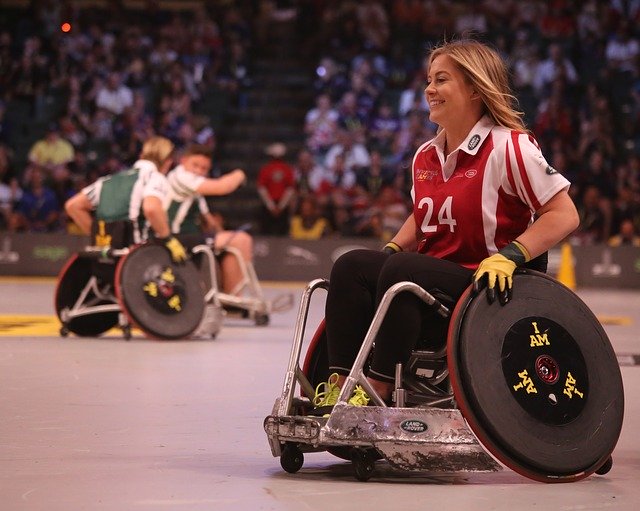
Companies are tasked with creating an equal and inclusive work environment with fair representation for everyone. Organizations are making amazing strides in including everyone from women to the LGBTQ+ community and other minorities, but many overlook one last group.
Few companies consider people with disabilities in their initiatives, even though they make up roughly 15% of the world’s population. That translates to an estimated 48.9 million people in the United States. If you’re ready to empower these workers as well, then here’s what you need to do.
Understand Disabilities
Most people think of wheelchairs when they imagine a disability. While that can be the case, disabilities range from the physical to the mental. They also include sensory impairments and types of chronic diseases, or victims of catastrophic injuries.
These individuals make up the world’s largest minority who, unfortunately, receive fewer education and economic opportunities than others. This is the result of a lack of available services as well as daily obstacles ranging from discrimination to poor legislative measures.
The Need for Disclosure
Individuals with disabilities are usually wary of disclosing their conditions to their employers out of fear of discrimination. This makes accommodation difficult, which is why employers need to have open and inclusive dialogue with their employees.
Without proper disclosure, both parties face challenges if the need for a disability discrimination attorney arises. Keeping your managers and individual contributors on board in this open dialogue is the only way to help solve the problem on your end, empowering the disabled to be a part of your team.
Ending Discrimination
The first step to ending discrimination is to define a leader for those in your organization with disabilities. This could be a full-time employee, someone from HR, or a passionate volunteer within your company. Their role is to empower people and communicate across all levels of your business.
Second, the CEO needs to sponsor this individual as well as the group they represent. This adds credibility to leadership, shows commitment at the top level, and lets your employees know that inclusion is imperative.
Next, create an action plan for fighting workplace discrimination. Work with your staff to draft actionable steps towards thwarting prejudice and ensuring employees with disabilities are not only empowered, but well represented.
Finally, don’t forget to educate your staff. There’s no sense in putting in all of this work if everyone isn’t onboard. Create initiatives to increase awareness amongst all employees and ensure any new policies are crystal clear.
Accommodation
While you’re following the steps above, make sure you’re properly accommodating individuals with disabilities in your organization. Adaptive technologies come in a wide variety of forms. Each accommodates varying disabilities, enabling your employees to perform their job duties at full capacity.
This alone is one of the most empowering steps you can take. It not only helps people with disabilities feel fulfilled in their work, but shows you ability to understand and work with their impairments in a meaningful way. Plus, modern costs for these technologies are relatively low.